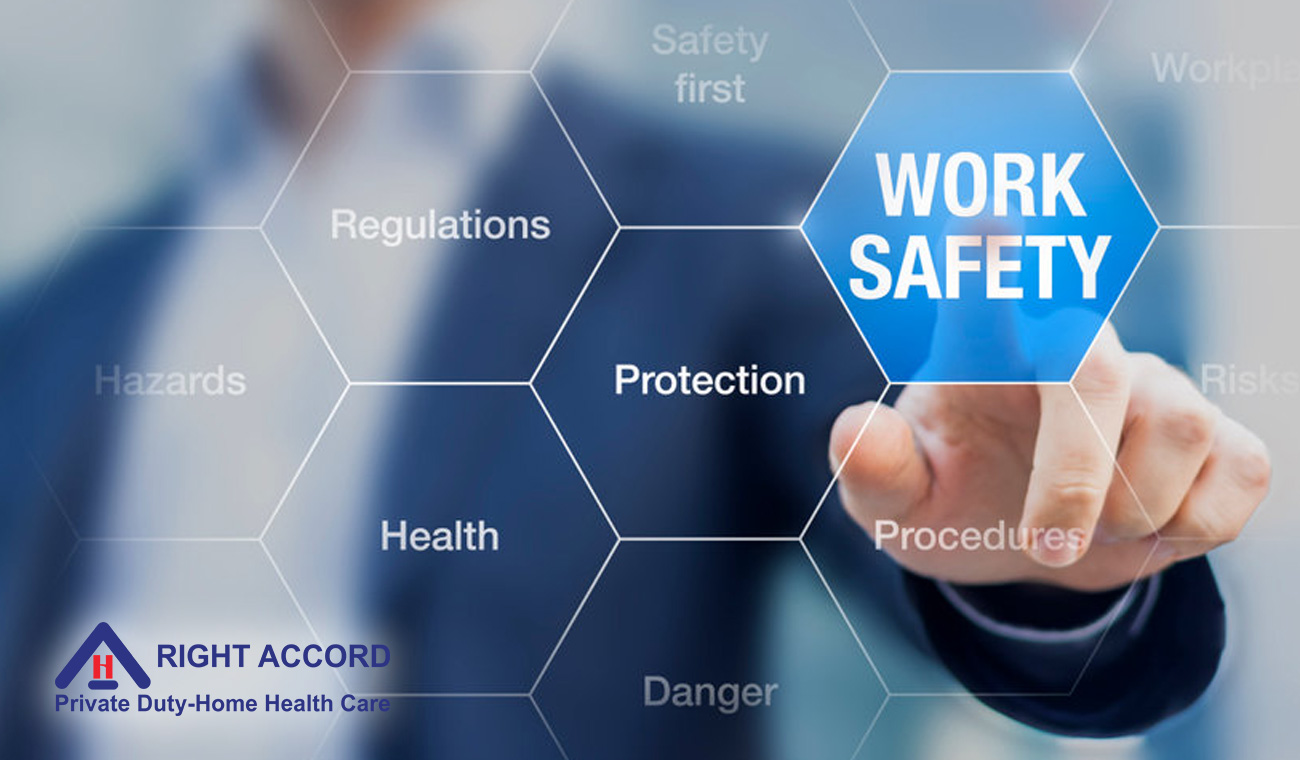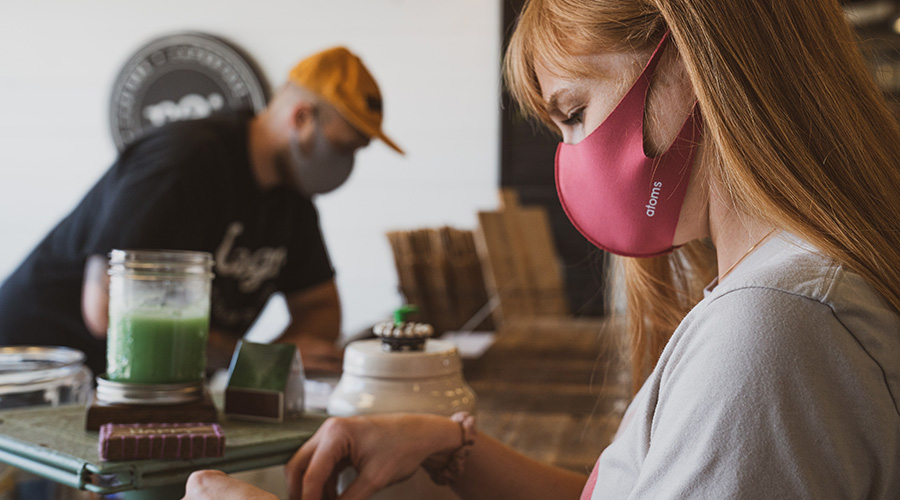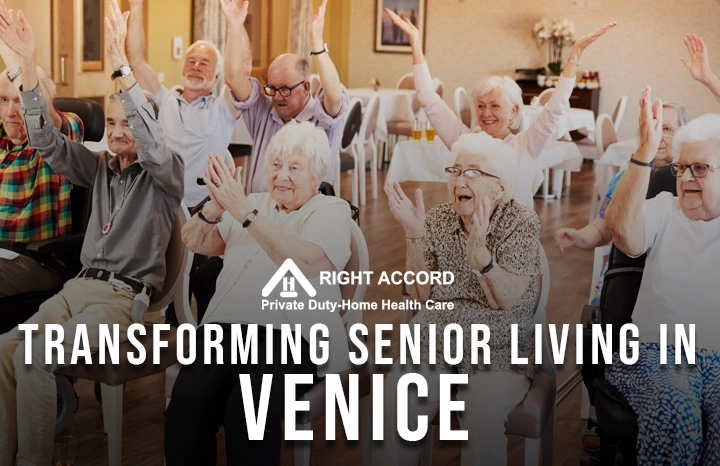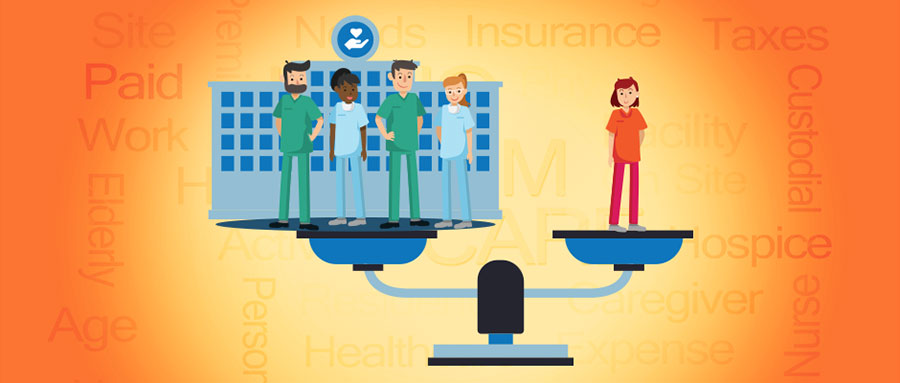· 7 min read
National Safety Awareness: Falls, Injuries and Covid 19
The month of June mark the National Safety Awareness month to help address certain issues that help prevents hazards associated with many occupations.

By: Rosemarie Tamunday Casanova — RN, BSN, MHA
A United States survey carried out in 2007 found out that 5,333 people lost their lives as a result of injuries sustained from workplaces. Another finding records that in 2014 alone, 261,930 workers had to miss at least one day of work because of injuries suffered.
There is a domino effect to these outcomes. Asides the psychological and physical discomfort these injuries cause workers and their families, there is also an associated negative economic impact brought upon by workers’ injuries and death.
Productivity of industries are affected, revenue generation is indented and healthcare spending is significantly raised. To this, the month of June has been selected to mark the National Safety Awareness Month each year to help address certain issues that can help cut down the hazards associated with many occupations.
Aim of National Safety awareness month campaigns

Photo by Atoms on Unsplash
Set up for the first time in 1996 by the National Safety council, the yearly awareness aims to help create the much needed awareness on safety risks, thereby reducing the number of unintentional injuries and death especially from workplaces.
This year, four topics have been outlined to guide the commemoration; one topic for every week of the month. The topics are:
• Week 1 Theme : Prevention of incidents before they start
Finding risk factors and taking proactive steps to prevent exposure of workers to these risk factors is the first important step to cutting down numbers of injuries and deaths. Preventing hazardous incidents involves having routine checks made on equipment, constantly reviewing safety protocols and continuous education of staff.
• Week 2 Theme: Addressing ongoing COVID 19 safety concerns
It behooves employers to take into cognizance the impact of the covid 19 pandemic and its multiple waves; the economic implication of having workers exposed and infected with the virus, as well as the personal implications on employees and their families. Therefore, caution, strategy and planning are necessary going forward as work places begin to re-open for business.
First, it is immensely beneficial that workers get vaccinated. Employees can see to it that this first step is undergone by all workers. However, there is more that can be done at the work place. Actions to address sitting arrangements, waste disposal techniques and adequate procurement of effective protective working gear should be followed enforced and followed through.
• Week 3 Theme : It is vital to feel safe on the job
Feeling secure at the workplace is important. As humans, productivity and general wellbeing is, to a great extent, influenced or determined by our mental health. Employers are to ensure that work place relationships are healthy between superiors and subordinates as well as in horizontal relationships among staff of the same cadre. Ensuring that any threat or danger to any staff is addressed promptly .
• Week 4: Advancing your safety journey
All employers can strive to always stay updated. Keep improving on your knowledge and advances in safety modalities in the field. Sending staff for trainings and update programs, organizing workshops with hands-on experience can help keep everyone in the know on how to prevent and tackle safety concerns.
What you can do to mark the awareness
1. Send out personal letters
To mark the awareness month, employers can send out personal emails to the staff. Being appreciated for work well done than be a morale booster for many. Asides being paid, workers want to feel that their voices are heard, that their work is appreciated and they are a true part of the body they belong to . This, in a way, contributes to the sense of safety and mental well being of employees.
2. Newsletter reminders
A constant use of newsletters and reminders help reinforce habits. When employees are constantly informed of their individual roles in the collective safety of the entire staff, every one will likely play their roles better in ensuring that these measures are adhered to.
3. Bulletins and flyers
The use of graphic aids in passing a message across is catchy yet retained better. Inundate notice boards, hallways and signposts with safety tips and like a subliminal message, this information is assimilated and practiced .
4. Make use of the social media space
Every individual has an opportunity to impact hundreds —even thousands of people by using their social media platforms as a tool for information dissemination and education. Institutions like the National Safety Council will be providing information packs in the forms of online posters and information card, it could even be a link to some very informative websites that you have come across. The goal is to use your platform to get others to know about it and become better informed .
5. Inspection exercises
Safety inspections can be organized at work and at random times to ensure that the entire working team is always prepared. These random, yet routine exercises can be in the form of drills as well simulations that test the response of staff members in created danger.

Photo by Atoms on Unsplash
Work - related Falls
This year’s awareness pays special attention to falls, workplace safety and covid 19. In 2014, work-related falls accounted for 261,930 injuries serious enough to prevent work for at least a day, in the United States. Of those injured, 780 would go on to lose their lives. Five years onwards, the numbers still show a somewhat similar pattern. As of 2019, the number of work-related injuries was 244,000 and 880 associated deaths.
This therefore calls for a more in-depth look into the causes and how best to approach preventing them. Workplace falls are largely related to either the flooring, lighting or heights . In order to prevent this, the following strategies are useful:
- Regular inspection to spot loose flooring should be done
- Obstructions to pathways such as cables and wiring, furniture and other mechanical equipments should be properly placed away from pathways.
- Floors under construction and/or renovation should be adequately cordoned off. Wet floors from housekeeping activities should be clearly marked with legible signposts.
- Ensure that there is adequate lighting in building floors, storage rooms and places with potentially harmful equipment and appliances.
- When working from heights, appropriate working gears should be insisted on as well as routine medical checks for workers.

Photo by Kristine Wook on Unsplash
Covid safety tips
- Wear adequate covering and Personal Protective Equipment ideal for your working environment.
- Get vaccinated as this significantly reduces your chances of getting infected by up to 96% . Should you get infected, it also reduces the likelihood that you would come down with severe symptoms.
- Wash your hands frequently with soap and running water. Employers can make provision for this at strategic and easily accessible positions of the workplace. Also, when not possible, alcohol-based hand sanitizers can also be used.
- Avoid unnecessary contacts with other people. Instead of shaking hands, other alternative greetings can be used. Do not also touch your eyes, nose or mouth with your hands so as not to introduce the virus into the body through the mucosa of these body parts.
Workplace safety tips
- Having established rules that guide work place relationships help discourage an environment that stifles the safety of workers.
- Many organizations these days have an in-house psychologist . Where absent, employees should have access to one that understands the job terrain and can help with work-related mental health challenges.
As we go forward, keeping workplace safety as a watchword in mind, we are hopeful that the numbers of falls, injuries and deaths associated with workplaces will gradually reduce. To every worker out there, we say keep on staying safe.



